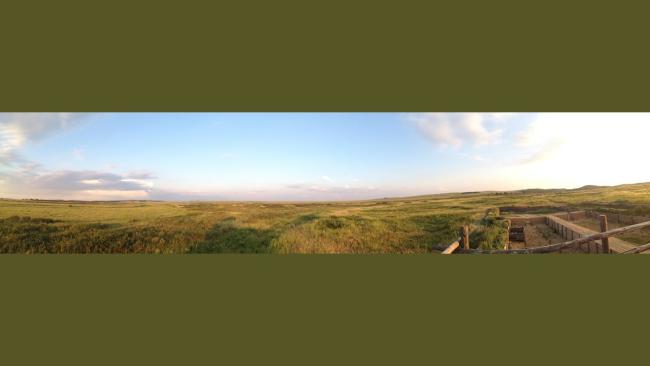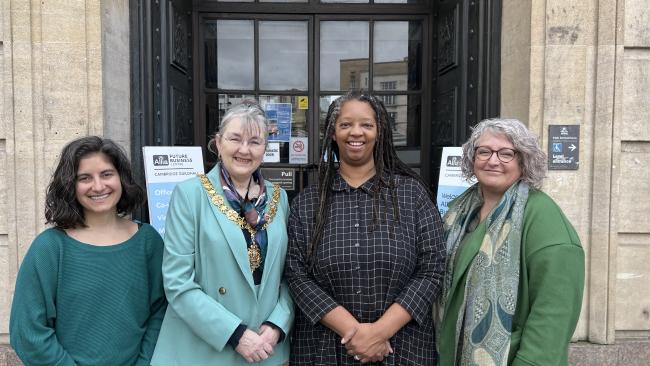
Metals, nomads and the foundations of the Silk Roads
The China Centre lecture on Wednesday 9 February 2022 was given by Dr Miljana Radivojević, Lecturer in Archaeomaterials, UCL Institute of Archaeology, London.
Dr Radivojević’s seminar addressed the topic of trade and technology along the Ancient Silk Road during the Bronze Age. Dr Radivojević’s field of research is archaeometallurgy and the focus of her lecture was on the huge mining complexes in central Asia that supplied large quantities of tin and copper to extensive trade networks across Asia, which Dr Radivojević terms the ‘Bronze Road'. Her research makes use of materials that are ‘forgotten by archaeologists’, consisting of deposits of the slag that remains after the production of metals in furnaces. Laboratory analysis of slag reveals a great deal about technological processes and technical progress in the metallurgical industry during the Bronze Age. Dr Radivojević and her colleagues have identified a number of sites where large-scale copper production took place in the second millennium BC, supplying the basic materials for bronze production across a wide territory.
The Q&A session included the following topics: the mechanics of transporting materials along the Bronze Road; estimates of the volume of copper production from the Central Asian copper mines; the relationship between copper production and the supply of fuel; reasons for the collapse of copper production in ancient Central Asia; the significance of China as a source of demand for Central Asian copper production during the Shang and Zhou dynasties; the direction of travel in the spread of metallurgical knowledge across the Bronze Road; the extent to which China’s sophisticated Bronze Age technology was indigenous as opposed to travelling to China along the Bronze Road; the role of water supply in the washing process in Central Asian copper mines; the social organisation and property rights in Central Asian copper mines; the evidence of increased CO2 production associated with Ancient Central Asian copper production; methods of communication among copper merchants along the Bronze Road; the relationship of Central Asian copper production to money supply in the ancient world; the technologies involved in constructing mine shafts in the Central Asian copper mines; the role of prospecting in the ancient Central Asian copper mines; and the role of copper in the construction of bronze bells in Ancient China and the connection with music.
Dr Miljana Radivojević holds a Lectureship in Archaeomaterials at the UCL Institute of Archaeology, UK, where she acquired her PhD in Archaeometallurgy. During her previous studies and research posts at the Universities of Belgrade, Cambridge and UCL she developed a strong research profile in both fieldwork excavations and laboratory analysis of material culture, specifically technology of early metal making. She specialised in the emergence of early copper making in the Balkans before expanding research collaborations across Europe and northern Eurasia, with emphasis on central and southeast Europe, Anatolia, Russian Federation, China, Kazakhstan and Uzbekistan.
Dr Radivojević has published in high impact journals on the origins of metallurgy in the Balkans and southwest Asia, the relationship of metallurgy and pottery technologies, the invention of tin bronze metallurgy, the innovation and transmission of copper metallurgy across southeast Europe, the use and circulations of Bronze Age metals in Europe, experimental archaeometallurgy and the aesthetics of ancient metal objects, as well as co-developed a novel method of re-assessing archaeological phenomena using complex networks analysis of metal supply systems in the Balkans.
Her other research projects include the prehistory of the Silk Roads, linking Central Asia, the Eurasian Steppe and most of Europe during the 4th – 1st millennium BC, and more broadly addressing the pre-modern globalisation of the Eurasian continent by looking at the (technological) knowledge economy at the time.





